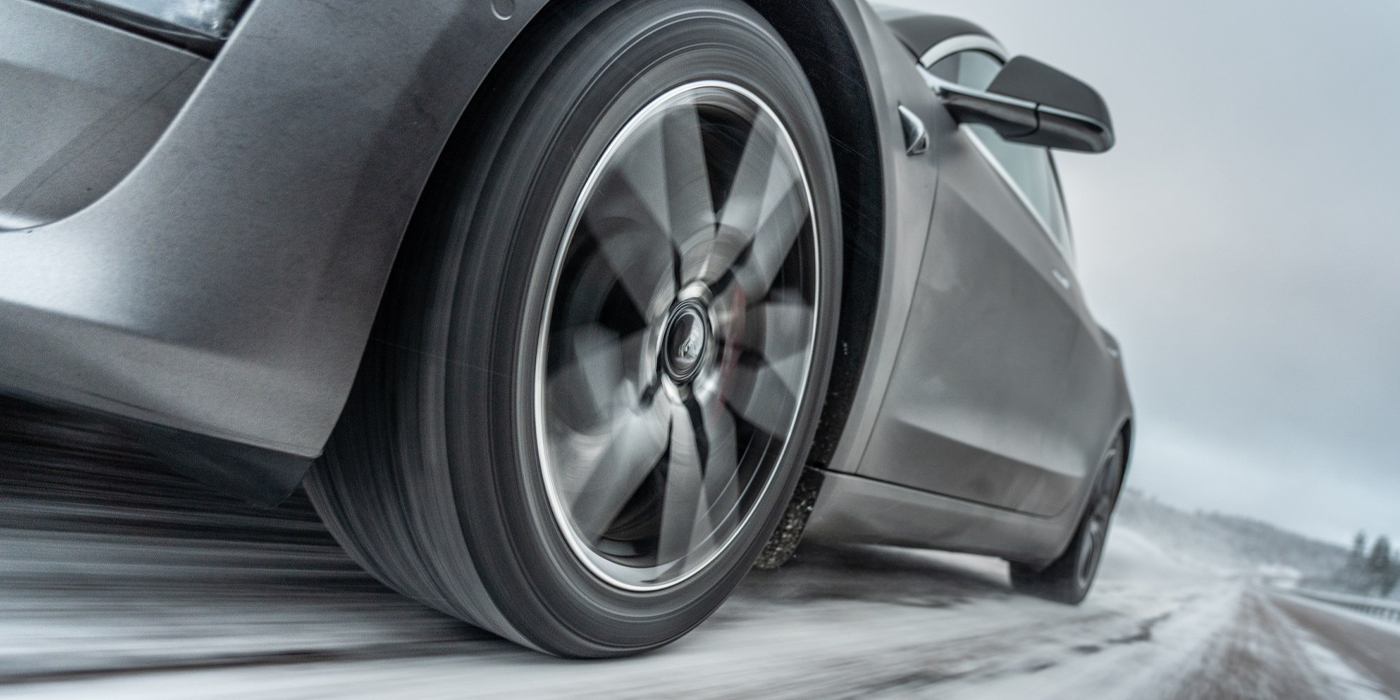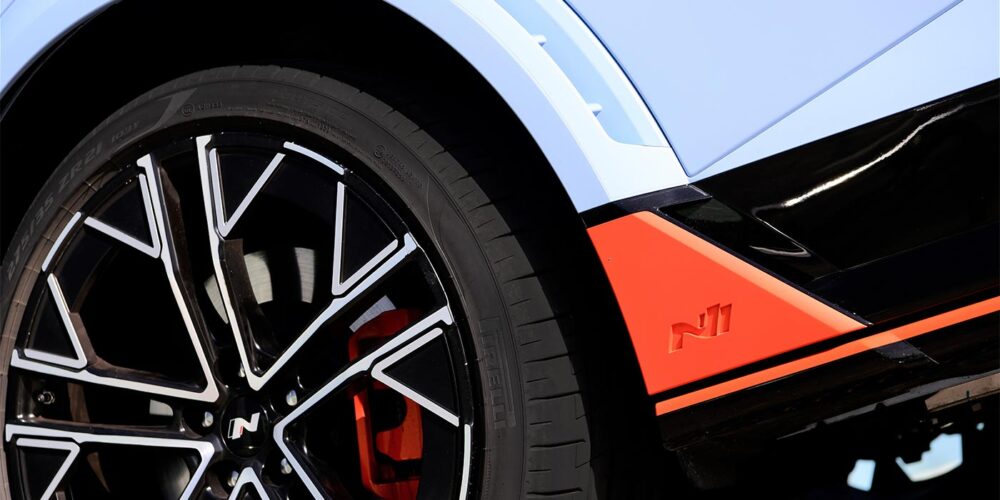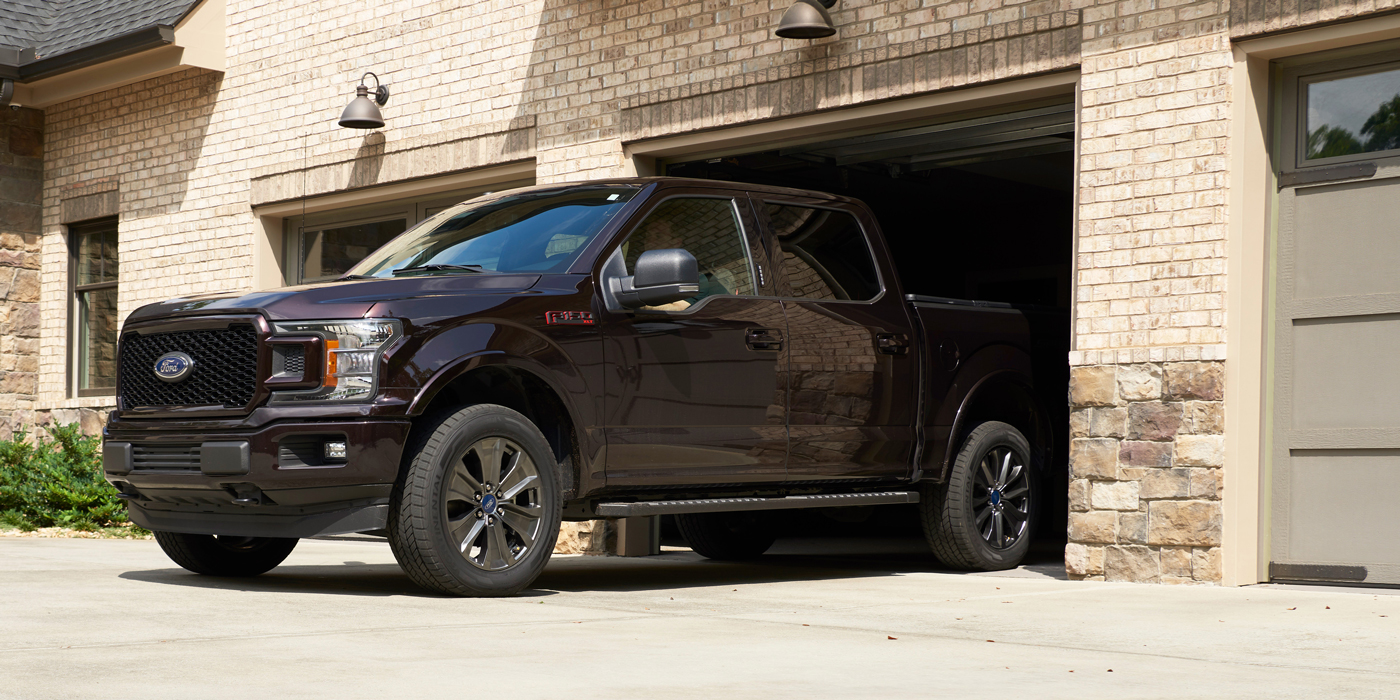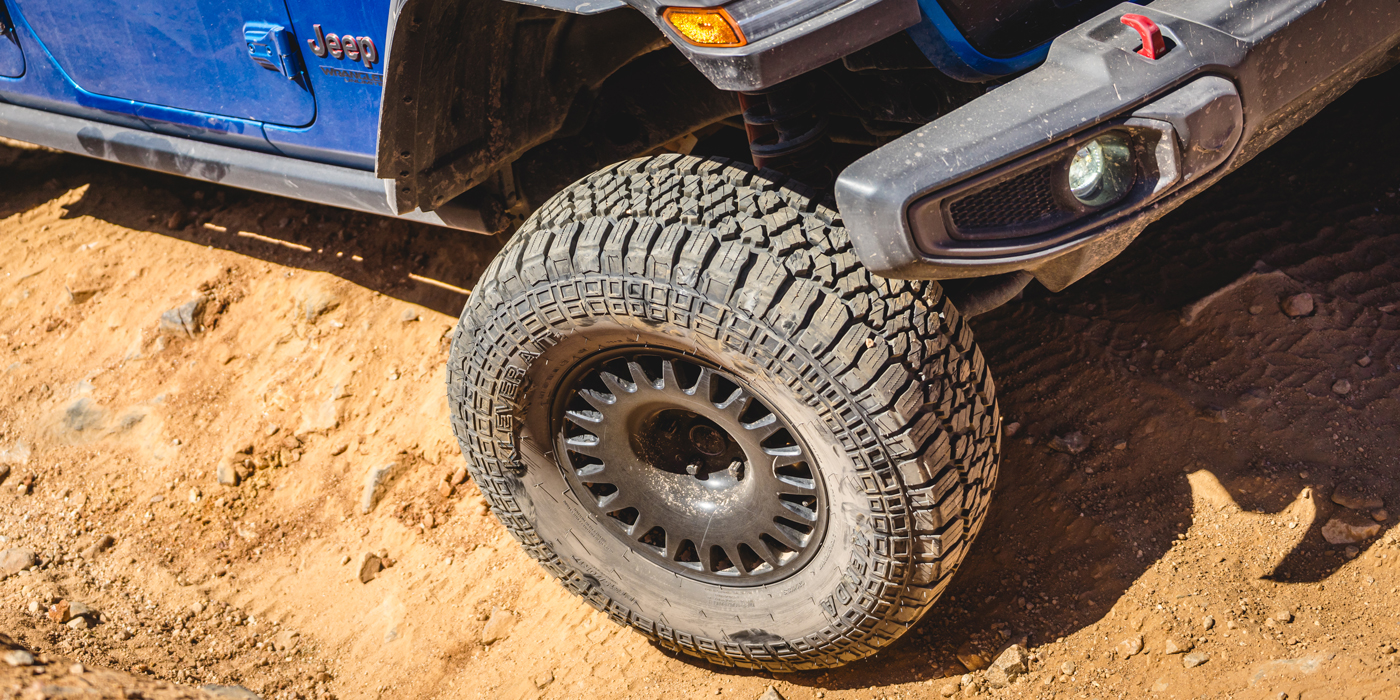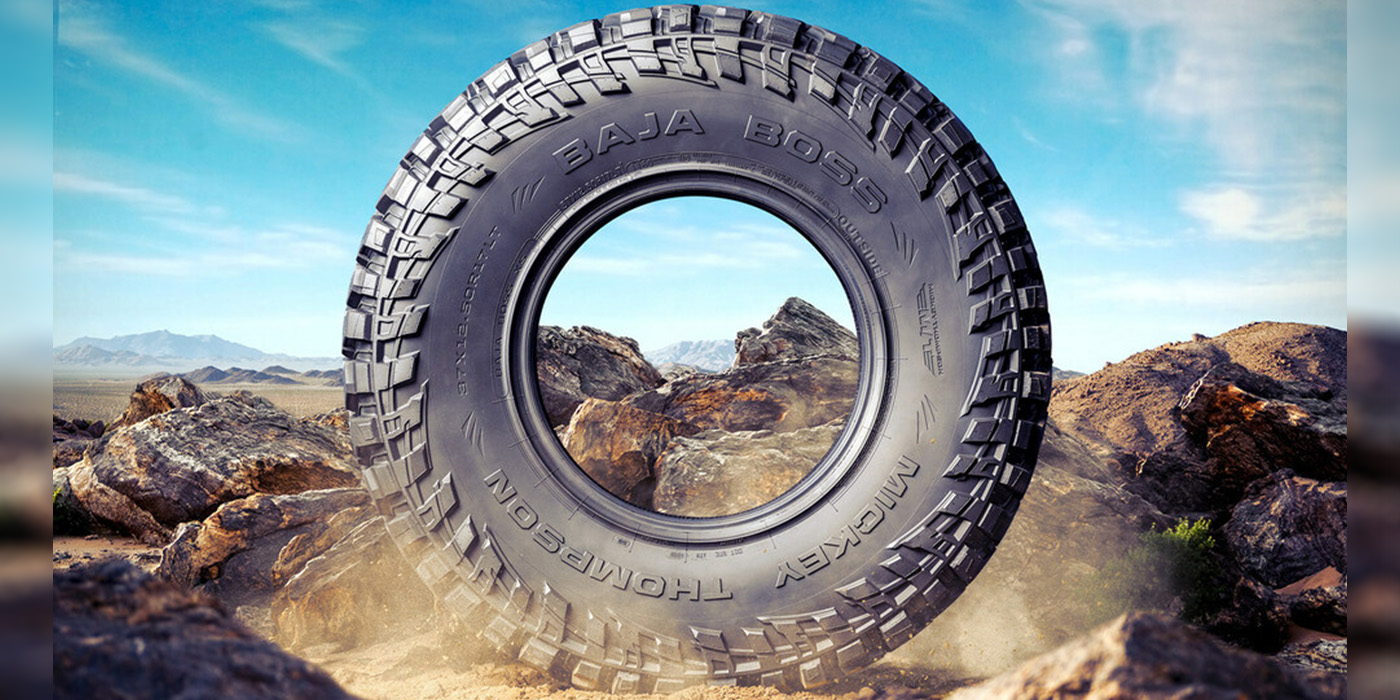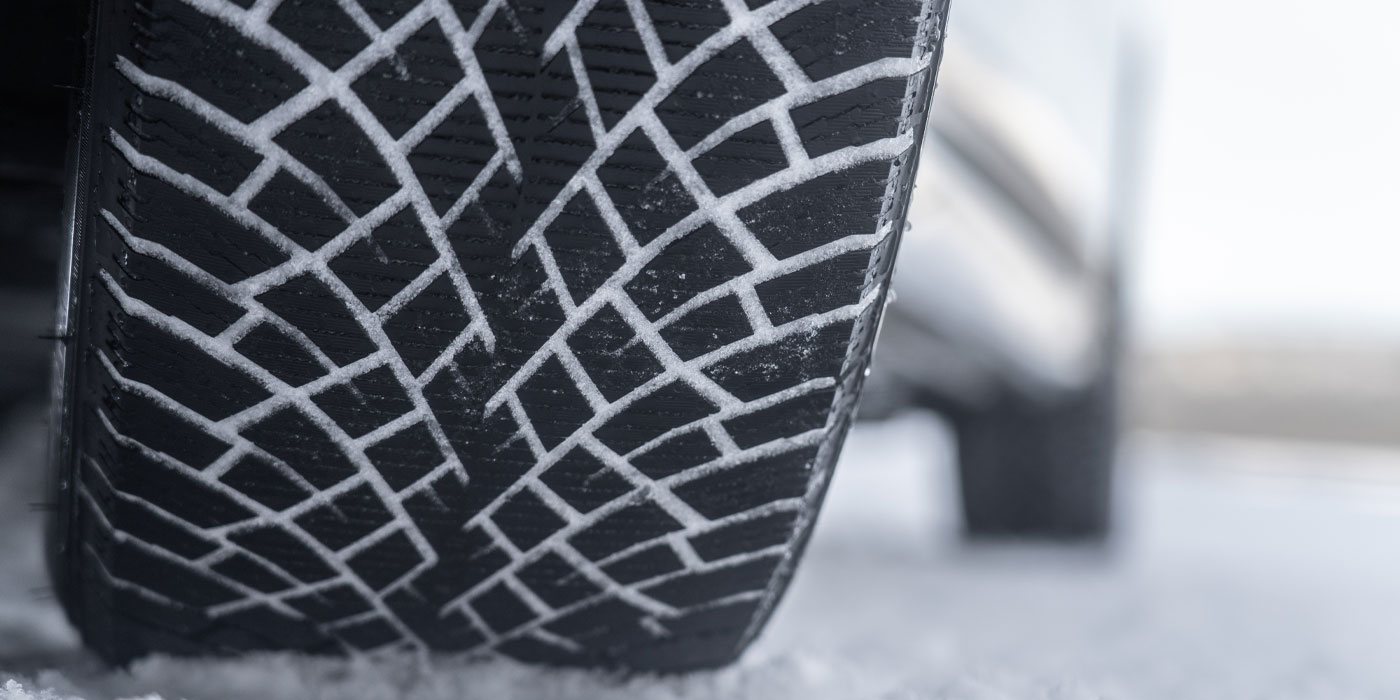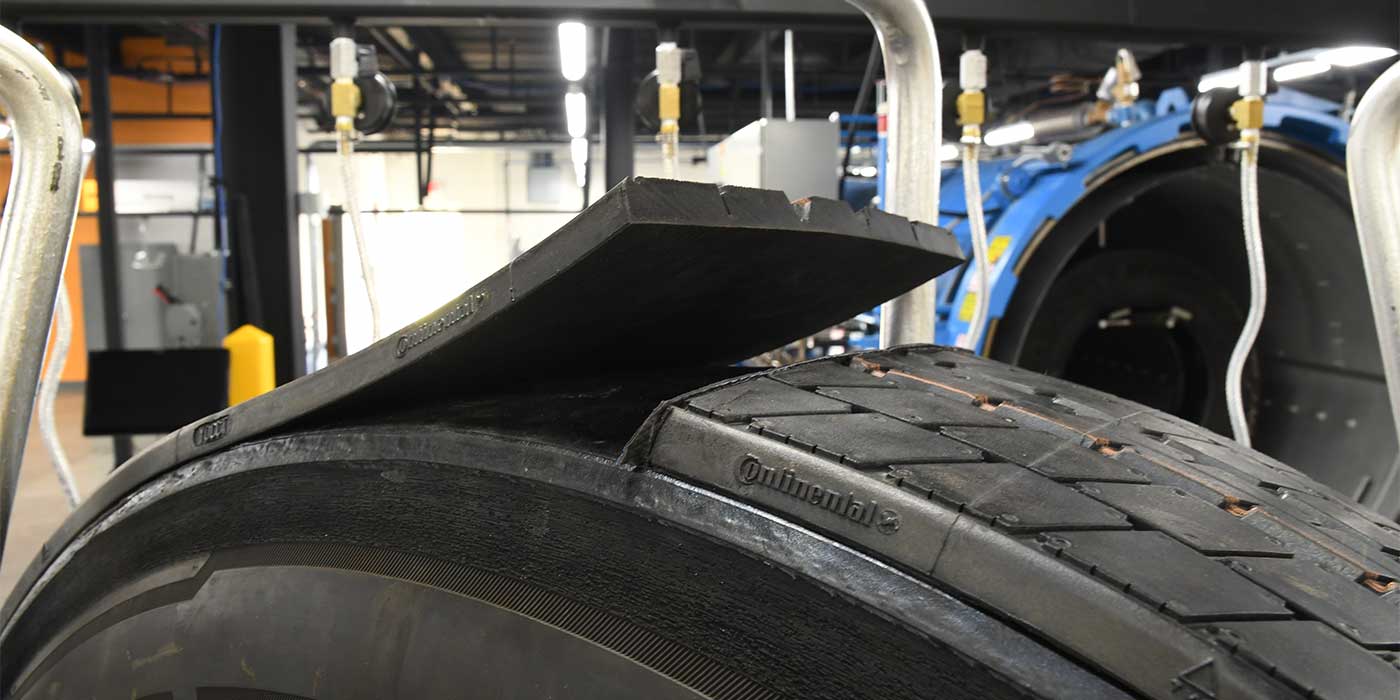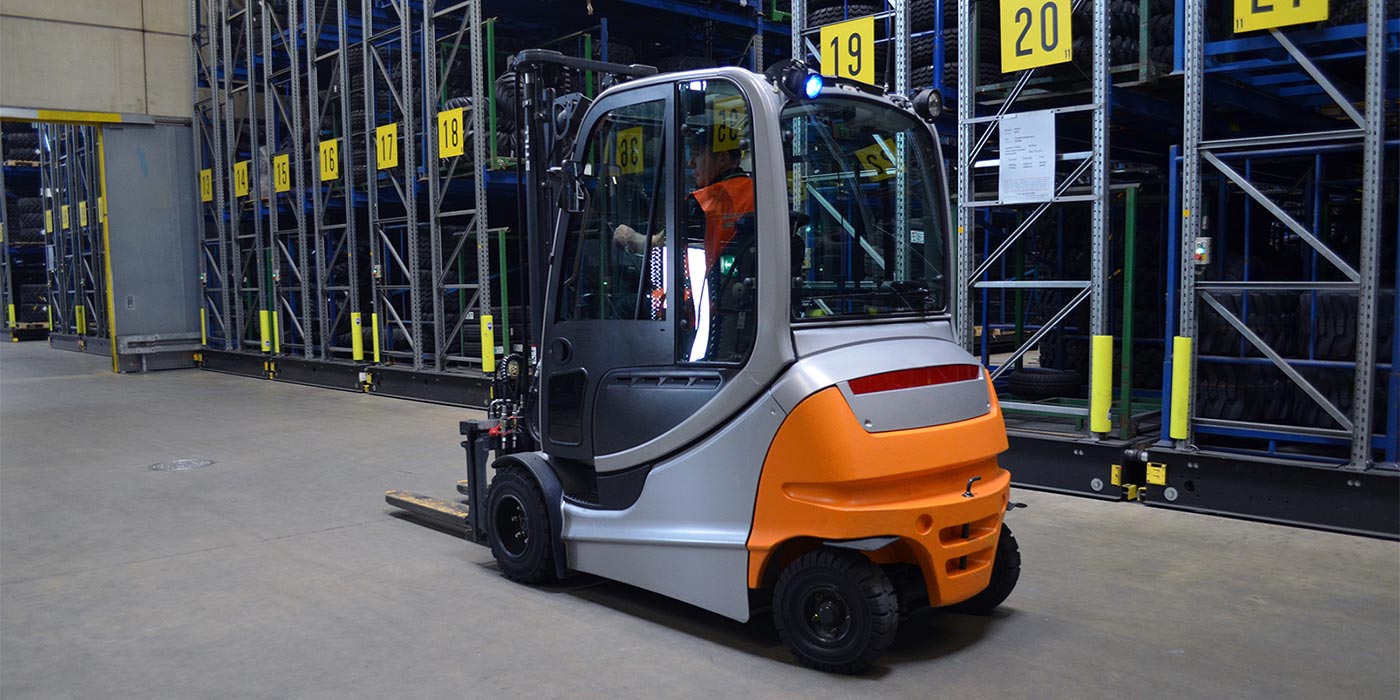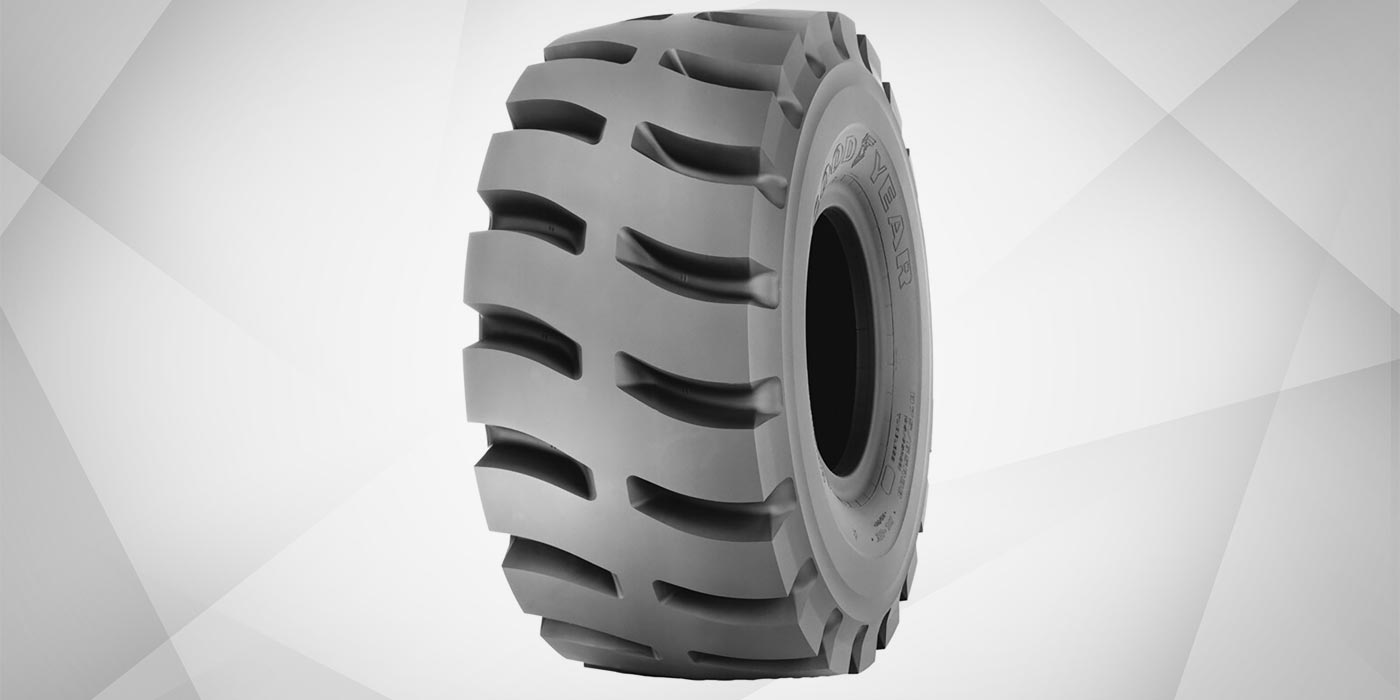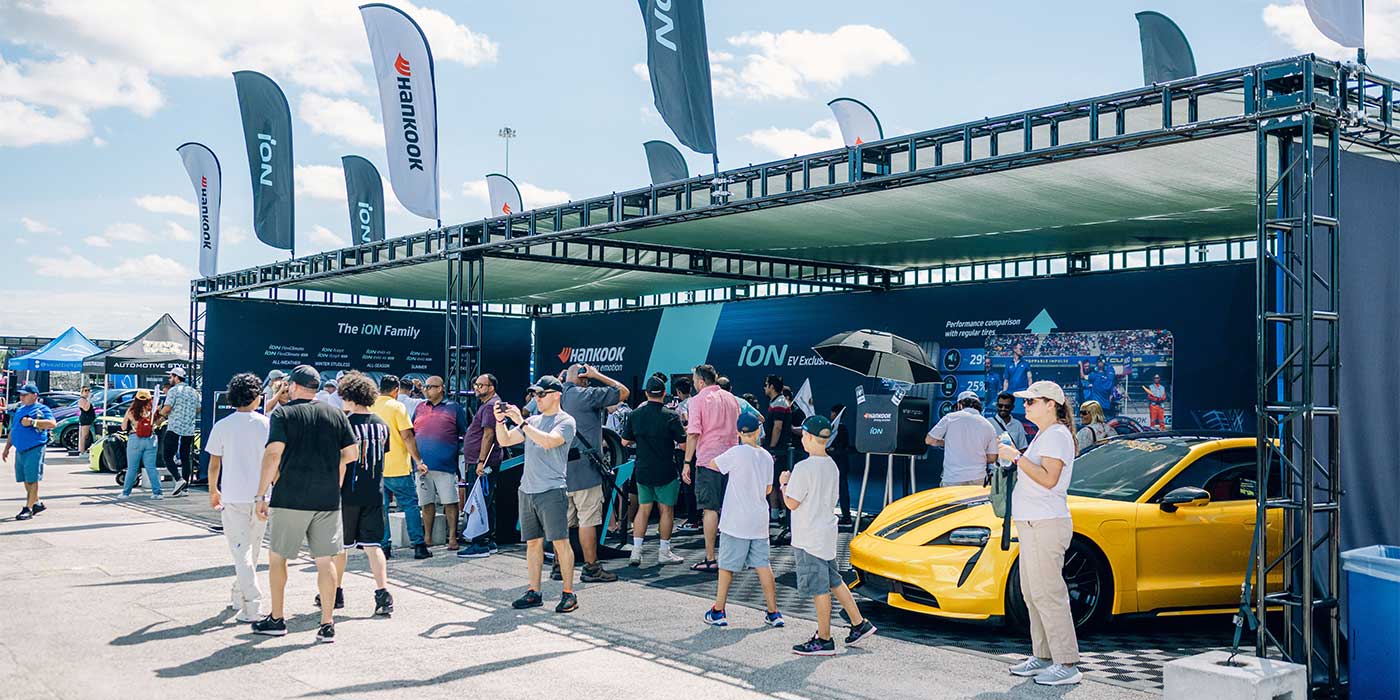 What does it mean when a tire sidewall says “Extra Load,” or “XL?” As with pretty much every tire-related question, the answer is: “It depends.”
What does it mean when a tire sidewall says “Extra Load,” or “XL?” As with pretty much every tire-related question, the answer is: “It depends.”
Humor me with this example of “It depends.” I taught a handling class to engineers going through Michelin’s Tire Design School. I had two goals: To allow them to experience understeer (aka push) and oversteer (aka loose), and to make them think about how tread pattern and rubber compound make tires behave. I asked each class: “Which would be faster around a wet handling course, an all-season tire, or a tire with not a lick of tread?”
The first time I asked the question, I expected a host of audience questions: How fast? What surface? Water depth? Tire pressure? Tread depth of the all-season tire? Compound of the “bald” tire?
I was truly shocked when that class – and almost everyone after that – said in unison: “All-season.”
“Don’t you want to know the tread compound, the track surface or surfaces, the speed, the water depth, anything?” I asked with true incredulity in my voice. “No,” they said. “The all-season will be better in the wet.”
“Wrong answer.”
The bold ones would then say: “The bald tire.”
“Also the wrong answer.”
Now I had them baffled. Of the couple of hundred or so students over several years, I received only two correct responses: “It depends.”
On the asphalt track where water depth was shallow and speeds were under 40 mph, the “bald” club race tires the were gripping at well over 0.90g, according to my buttometer. Whether the driver was an experienced autocrosser or more timid than a titmouse, it did not matter, they were all about two seconds a lap faster around a curvy, wet road course.
The all-season, in fact, offered little grip, except in the deep puddles.
When we moved to a half-mile circle track made of smooth concrete with deeper water, the all-season could comfortably lap at almost 60 mph, some 20 to 30 mph faster than the race tires. The race tires’ sticky compound couldn’t reach the surface.
It Still Depends
Usually, XL on the sidewall means that the tire company has added internal components that, in combination with higher tire pressure, allow the tire to carry more weight. However, it’s not unheard of that the tire is already of such robust construction that the maker can simply perform the confirming (or required) tests, and change the mold to reflect the higher load index and the cryptic XL. (The tests mentioned are conducted on various machines.)
The requirement for extra-load tires comes largely from car designers’ infatuation with extra-tall wheels and extra-short sidewalls.
Background on such wheels and tires: Several decades ago, “tuners” started making cars so powerful and fast that the brakes were proving inadequate. Bigger brakes meant larger diameter wheels and, to keep the circumference of the tire the same, shorter aspect ratio rubber. The designers liked the looks of 16- and 17-inch wheels and low profile tires. Suspension designers liked the crisp steering feeling.
Soon, wheel sizes exploded to 18, 19 and 20 inches, driven not by the need for bigger brakes or sharper steering feel, but stylists. Usually, the large-diameter wheel/tire combo weighed more than the now-antiquated smaller sizes.
At the same time the exterior fashionistas were expanding the diameter of wheels, the interior designers were adding features ranging from sound deadening to ear-drum-splitting stereos to power-operated seats – front and rear – to rearview cameras. These add weight. And so do government regulations requiring (indirectly sometimes) vehicles to have electronic stability control, a half-dozen or more airbags, and many other safety features.
Not that long ago, car writers made fun of cars that weighed as much as a NASCAR Cup car. Today, it’s common that vehicles weigh more than the 3,400-pound Cup minimum.
The combination of fashion and safety features means the poor, little short-sidewall tires have a hard time carrying the load. Oh, and Americans have gained a few pounds themselves. The tires must be able to carry not just the vehicle, but your 350-pound brother-in-law and his collection of tungsten and lead art.
By adding components or strengthening components (or acknowledging such is already there), the tire company can turn a P215/35R19 from a Load Index 75, capable of carrying 835 pounds at 35 psi, into an Extra Load with a Load Index of 85 capable of carrying 1,019 pounds at 36 psi.
When your brother-in-law rides, may I suggest you bump the cold pressure to 42 psi to get a capacity of 1,135 pounds per tire?

